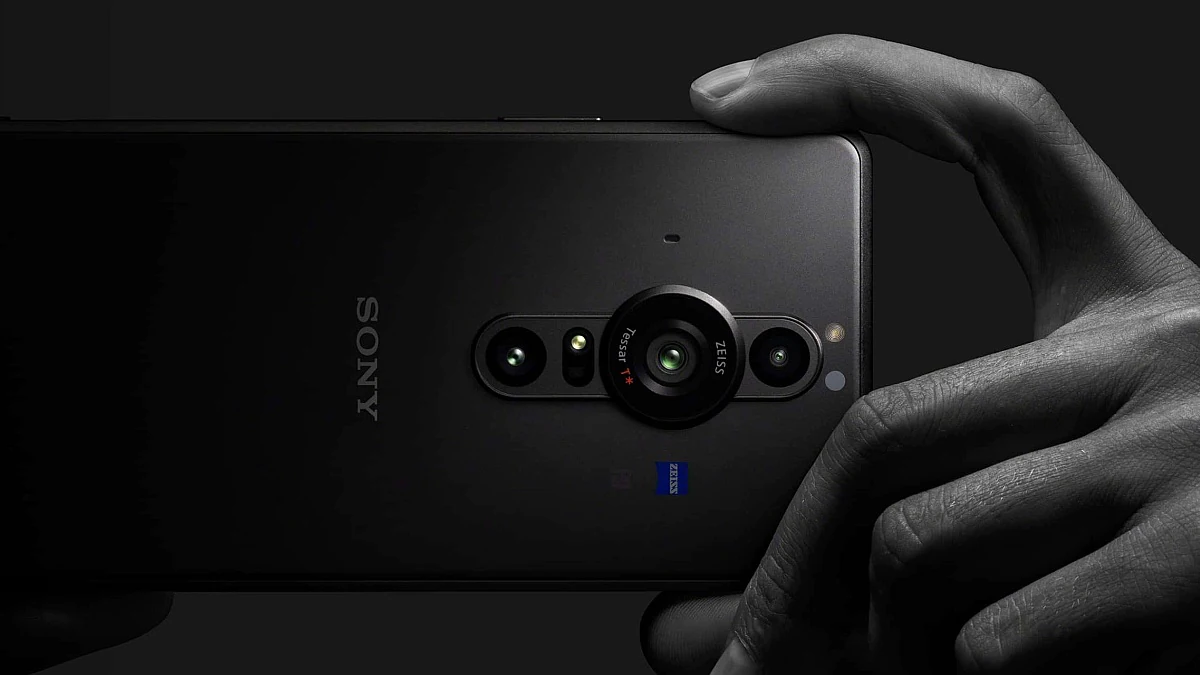
Sony is a pioneering camera company. This applies to both smartphones and cameras, reflex or not. As regards the mobile devices, yesterday the company presented a revolutionary sensor. This is the world's first multi-layer CMOS photo sensor, with an absurdly high pixel density, as well as unprecedented color accuracy and quality. Let's see the details together.
Sony revolutionizes smartphone cameras with a new sensor: the world's first multilayer CMOS is yours. Here are the details
Sony today announced the development of the world's first multilayer CMOS sensor. It is designed for use in smartphones and has the potential to bring the mobile photography to a whole new level, especially in low light conditions. The breakthrough lies in the vertical arrangement of the transistor layer of pixels under the photodiode layer. According to the company, this is a completely new design of CMOS sensors, which allows you to significantly expand the dynamic range and improve the quality of shooting in low light conditions.

Read also: Oppo shows the smartphone with a Reflex style camera | Video
In the sensors Traditional CMOS, the photodiodes and pixel transistors are arranged in a layer in parallel next to each other. Photodiodes capture the light entering the camera lens and convert it into electrical signals. The pixel transistors then decode these signals into color data on the matrix itself, after which this information are sent to the CMOS sensor chip. Next, the signal processor comes into play, which is responsible for processing the resulting image, producing the final image, which the user sees in his gallery.
By placing the photodiodes and transistor pixels in two layers, Sony increased the area and volume of each layer and improved the efficiency of each. This allowed us to double the amount of color and luminance data that each pixel can handle. As a result, a higher saturated signal from each pixel provides a much wider dynamic range. In addition, these transistors, due to the free space, can be larger, which leads to a decrease in noise in photographs.
Unfortunately, Sony has not yet announced when such sensors will appear in smartphones but we expect the next year be the right one.








